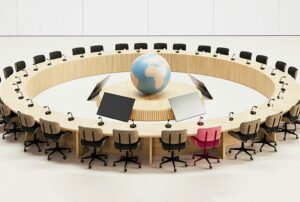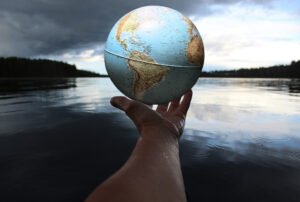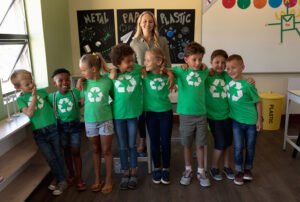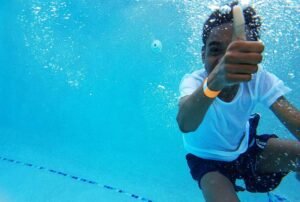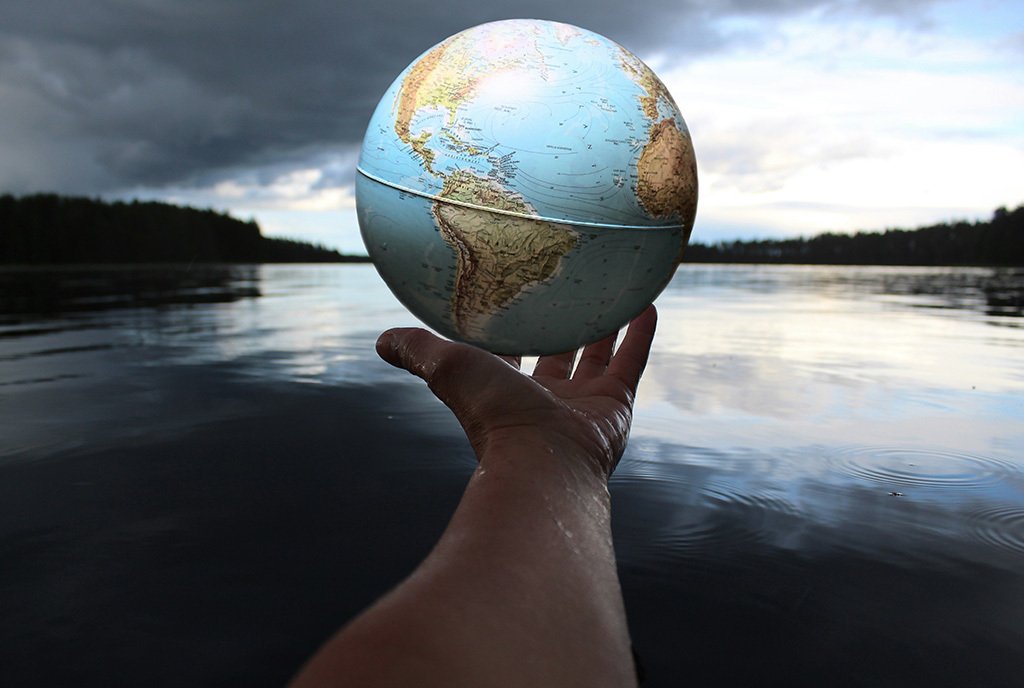January 12, 2016; UN News Centre
Ten years ago, the UN Security Council passed Resolution 1612 to monitor the use of child soldiers. In 2015, UNICEF reported progress in releasing children from armed forces, but this year, it observes that children in war-torn countries are being harmed from another weapon: a lack of education. This situation has become pressing, especially given the recent rise in refugee numbers.
Safety and basic food needs are essential, but UNICEF argues that education is a staple, too, and fears that “unless the provision of education in emergencies is prioritized, a generation of children living in conflict will grow up without the skills they need to contribute to their countries and economies, exacerbating the already desperate situation for millions of children and their families.”
While the impact of education may seem obvious, it’s easy to forget that education means more than teaching kids to read and write. Extensive research has shown that education is related to improved health and decreased mortality risks. Academics have also looked at education’s contribution to national development, as places like the former Yugoslavia have experienced tremendous “brain drain” from conflict, with great effect on higher education as a result.
Sign up for our free newsletters
Subscribe to NPQ's newsletters to have our top stories delivered directly to your inbox.
By signing up, you agree to our privacy policy and terms of use, and to receive messages from NPQ and our partners.
But modern education has also changed, and the digital world means that we’re not as reliant on physical ivory towers for education delivery. In December 2015, Andreas Schleicher, Director for Education and Skills for the OECD, described some key differences of modern education:
In the traditional education system, students typically learned on their own and were judged individually. But as technology progresses and once separate economies become interdependent, working with others is becoming increasingly important. Today, innovation rarely results from individuals working in isolation; far more often than not, it is the product of sharing and collaboration. Schools need to incorporate this new reality into their curriculums, preparing their students to work across cultures and equipping them for a world shaped by issues that transcend national boundaries.
But how can children overcome these boundaries when they are busy running from missiles? In December 2013, USAID released a report about how to deliver education to children in conflict areas, otherwise known as Conflict Affected and Fragile Environments (CAFE), which may provide some answers. Individuals in CAFE areas are prone to psychological damage from the conflict, are likely to be displaced or become targets of attacks, and lack facilities, material resources, and infrastructure—a context that isn’t conducive to education in the least. Fortunately, USAID proposes a few methods for education in CAFE zones, such as mobile phone–based delivery of educational content, Internet-enabled computer labs, and even the low-tech solution of interactive radio instruction. Another example is Save the Children, which has raised money for mobile learning or solutions for condensed curricula that don’t require textbooks.
Education must continue during war. But while it’s positive that different tools give children a fighting chance for education, the best thing would be if they didn’t have to deal with a fight in the first place.—Amy Butcher


